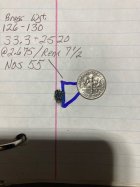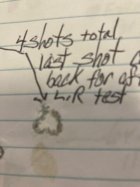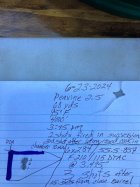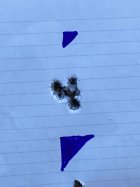It's a good paper but unfortunately it starts at an annealing time of 2 min. I thought it was interesting that he referenced the Walker paper that I posted as a "Landmark study" on the effects of annealing on cartridge brass. There was a lady that used to be on here that went by rifle woman, IIRC she was the one that originally posted that document on here. If you go back even further, '08ish , there was guy I think he went by Southern Marksman that posted a lot of good information on annealing but I think everybody other than Webster gets tired of arguing about it and moves on. I know I did

The crux of the issue to me wasn't the science of it, we can all read about that. The question to me at the time was whether or not it was better to stick with recovery annealing or is it better to fully anneal the brass.
Historically, whether it was referenced this way or not, the goal was recovery annealing. The old 750 tempilaq for 5 seconds or what ever that's fundamentally whats being done. Recovery anealing. Reduce the dislocation density without changing the grain structure. The result is a modest decrease in hardness along with a modest increase in ductility.
When AMP came along, whether they called it this or not, they were advocating full annealing. They wanted to see big changes in hardness and ductility. The only way that's accomplished is to cross over from the recovery phase into recrystalization and grow new large strain free grains. Fundamentally that's what all the fighting was about with salt bath annealing and other lower temp annealing methods. It's not that they don't work, it's that they're recovery methods so there isn't the big changes to the material properties.
Whether recovery annealing or full annealing is better, I don't have a horse in that race. It seems like most serious competitiors that are annealing have gone to full annealing with the AMP but time will tell. A decade from now it may all be different

















